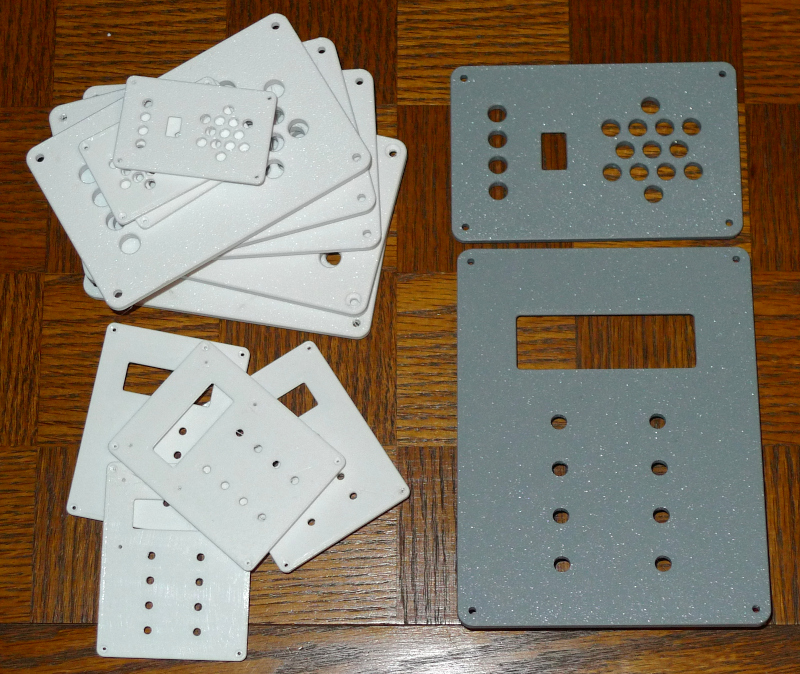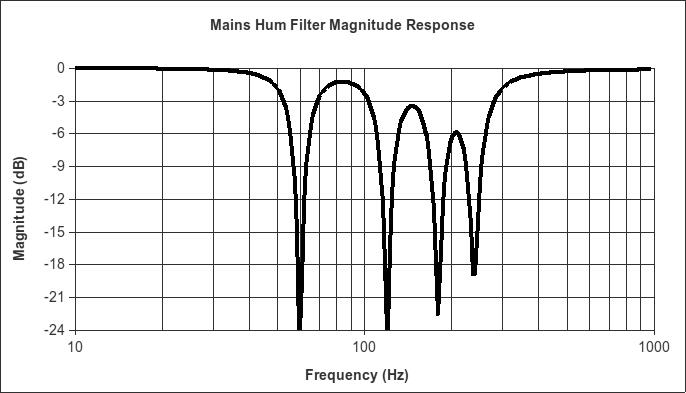Trouble In The Fields (RIP Nancy G.)
Until now, all D-Lev development has taken place downstairs in our house, the floor is a concrete slab half submerged in a hillside, and the hill itself obscures almost all RF emanating from NYC - a fairly ideal Theremin environment that could possibly produce designs which are hot house flowers.
When I move the units upstairs for show-and-tell I've noticed some instability in the pitch field. It doesn't seem to be broadcast AM RF nor ground related, but these things can be quite ephemeral, and I'm trying to investigate it. It seems to come and go with the time of day, but the upstairs is never quite as stable as downstairs, and sometimes it's radically worse, jumping all around.
I took Roger's P3 around to all the outlets upstairs but none seemed to make any difference. I also watched it with a frequency counter, and watched my 8 transistor oscillator running upstairs too. This all needs much more rigorous and controlled testing, but the 8 transistor oscillator seemed to be more stable.
Yesterday I played with some oscillators upstairs, lost much of the day figuring out I was looking at a spurious ground loop issue (scope was double grounding things). Today I watched two oscillators on the scope and noticed the P3 would really mess with them, but they didn't mess with each other too much. Perhaps the pitch axis operating frequency should be below that of the volume axis, to rule out harmonics interference. Lower frequencies have lower parasitic C & L in the oscillator, so the behavior is more ideal and less "ragged" too.
My somewhat unfounded fear is that a major redesign of the front end may be coming down the pike, which on the physical side might only involve the AFE and perhaps the coil. On the software / firmware side the FPGA axis code may require a very different approach. One theory is the C divider on the AFE is letting noise into the system. And I've noticed since the very beginning of my Theremin experimentation that lower capacitance loading of the coil tends to correlate directly with higher instability, which is another reason I push plates as they have higher intrinsic capacitance.
I've been winding the coils with 30 and 32 AWG, but today I went ahead and ordered some 34 and 36 AWG for experimenting. 30 AWG is falling off a log to wind, 32 AWG is harder to start and keep the turns tight together, and everything above that is increasingly difficult - 38 AWG is a total bear. I'm thinking 4mH for the pitch and 2mH for the volume. If you're in the US, I can recommend Remington for magnet wire, good quality and they get it to you fast:
https://www.ebay.com/usr/remington_industries



